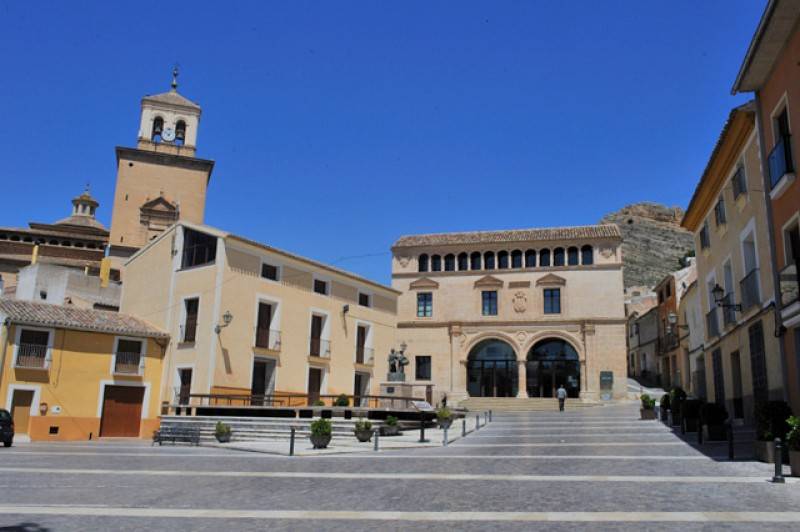

- EDITIONS:
 Spanish News Today
Spanish News Today
 Murcia Today
Murcia Today
 Alicante Today
Alicante Today
Date Published: 27/10/2025
Wildlife in flight as Mar Menor faces new oxygen crisis
Scientists raise alarm as water stratification and lack of oxygen threaten the lagoon’s southern ecosystems
 For years, Mar Menor has been under siege from recurring environmental problems: pollution, floods, and declining water quality. Now, worrying new developments are unfolding beneath the surface, as scientists sound the alarm over a fresh wave of oxygen depletion in the lagoon.
For years, Mar Menor has been under siege from recurring environmental problems: pollution, floods, and declining water quality. Now, worrying new developments are unfolding beneath the surface, as scientists sound the alarm over a fresh wave of oxygen depletion in the lagoon.According to the Spanish Institute of Oceanography’s “Belich” project, wildlife in the southern part of the Mar Menor has begun abandoning the area due to dangerously low oxygen levels. Scientists first recorded mass movements of fish and other fauna on Wednesday October 23, as animals were seen swimming up to the surface in a dramatic escape from deep, oxygen-starved waters; a scene reminiscent of the 2019 crisis when hundreds of fish washed up dead.
The team, currently convened in a crisis cabinet, is tracking how a mass of anoxic (oxygen-free) water spread across the seabed, especially between Baron Island and Ciervo Island, and into areas with slightly less severity off the central west coast.
The process began after the “Alice” flood triggered a reduction in salinity in the southern lagoon, creating a layering effect: less dense, less salty water sitting on top of heavier, saltier water. This stratification, confirmed by temperature readings, has led to a steady drop in oxygen near the bottom, resulting in a wide band of water that is now almost completely anoxic.
By October 19, the southern part of the lagoon was already registering oxygen levels below 2 mg/L. While this is not total anoxia, it’s toxic and potentially deadly to aquatic life if conditions persist.
Recent monitoring has also recorded decreases in turbidity and chlorophyll,signs that the “green soup” effect is fading, but levels remain high in the south, hampering the growth of underwater vegetation. Light at the bottom is still in short supply, and benthic plants are struggling.
There is a glimmer of hope: scientists have noted a slight thinning of the anoxic layer, which may signal improving conditions if the trend continues. For now, though, the Mar Menor’s ecosystem is under intense stress, with ongoing assessments needed to guide urgent conservation work.
Image: Oficina Técnica del Mar Menor
Contact Murcia Today: Editorial 000 000 000 /
Office 000 000 000


































